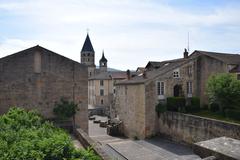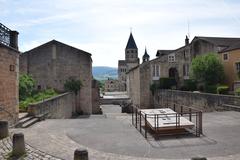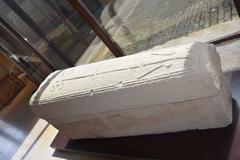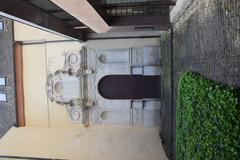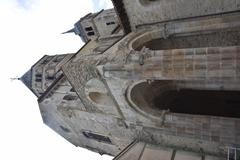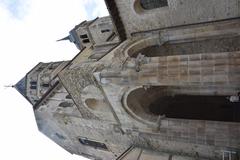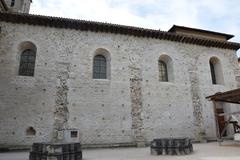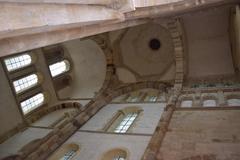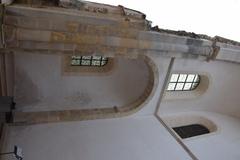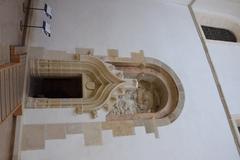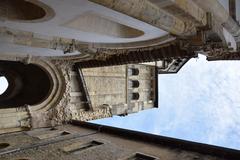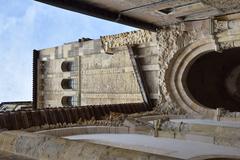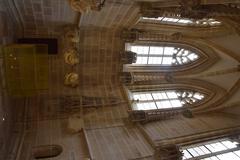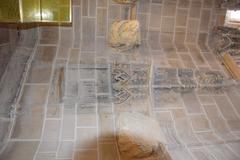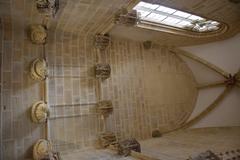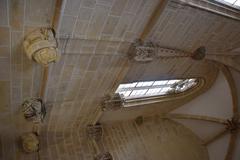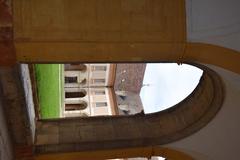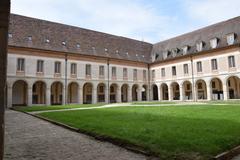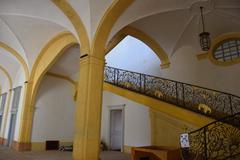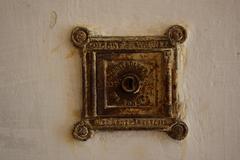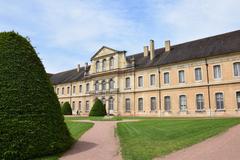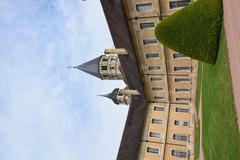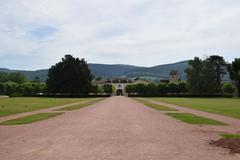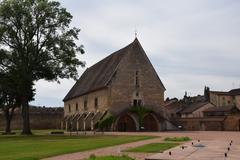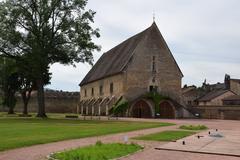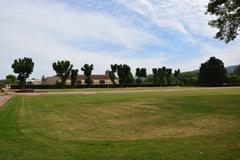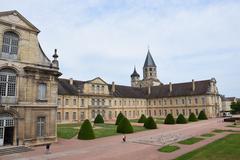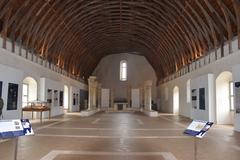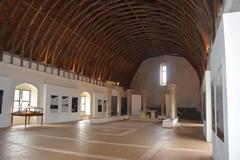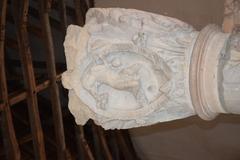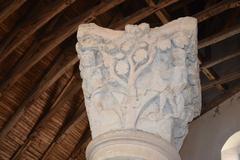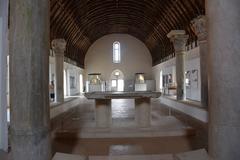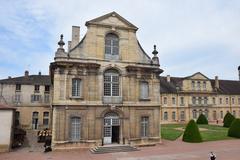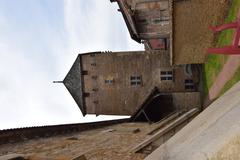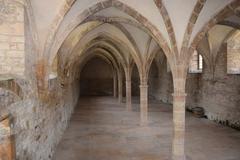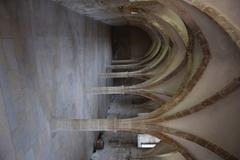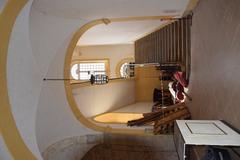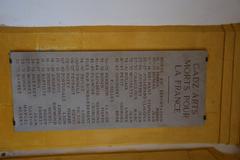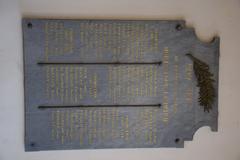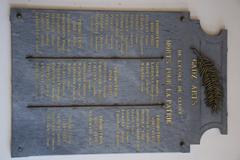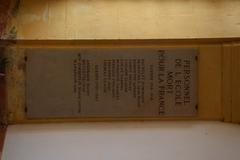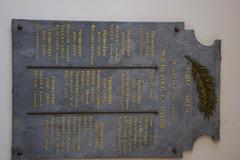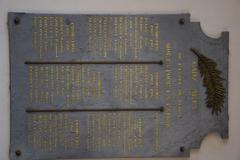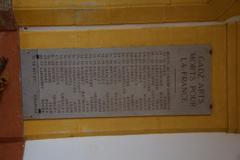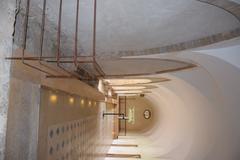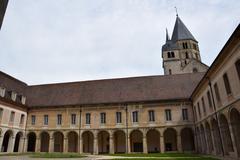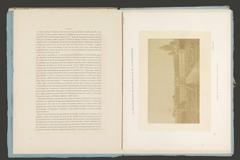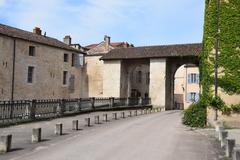
Cluny Abbey Visiting Hours, Tickets, and Complete Visitor Guide
Date: 14/06/2025
Introduction: Cluny Abbey—A Pillar of Medieval Heritage
Cluny Abbey, situated in the heart of Burgundy, France, is one of the most influential monuments of medieval Europe. Renowned for its spiritual legacy and innovative Romanesque architecture, Cluny was pivotal in shaping monastic life and religious culture across Western Christendom. Founded in 910 CE by William I, Duke of Aquitaine, the abbey quickly became the center of the transformative Cluniac Reform, which revitalized monastic discipline and expanded a network of priories throughout Europe.
Though much of the original complex was lost during the French Revolution, visitors can still explore the evocative ruins, including the iconic towers, cloisters, and the recently restored Jean de Bourbon chapel. Modern reconstructions and augmented reality experiences help bring the abbey’s historic grandeur to life, making Cluny Abbey an essential Burgundy historical site for travelers interested in history, architecture, and culture (Cluny Abbey Official, Burgundy Tourism, The Collector).
Contents
- Historical Overview
- Foundation and Monastic Reform
- Architectural Evolution and Innovations
- Cluny’s Role in European Civilization
- Decline and Preservation
- Practical Visitor Information
- Visiting Hours (2025)
- Tickets and Admission
- Accessibility
- Travel and Parking Tips
- Guided Tours and Events
- Highlights and Must-See Features
- Amenities and Services
- Nearby Attractions
- Best Times to Visit
- Frequently Asked Questions (FAQ)
- Planning Resources and Official Links
Historical Overview
Foundation and Monastic Reform
Cluny Abbey was founded in 910 CE by William the Pious, Duke of Aquitaine, who granted it autonomy from local secular and ecclesiastical control, placing it directly under papal protection. This independence allowed Cluny to foster a unique monastic culture centered on the Rule of Saint Benedict, emphasizing liturgical prayer, work, and hospitality. The Cluniac Reform movement, initiated here, spread to over 1,000 monasteries across Europe, creating a unified spiritual and cultural network (The Collector; Cluny Abbey Official).
Architectural Evolution and Innovations
Cluny’s architectural journey unfolded through three main phases—Cluny I, II, and the monumental Cluny III. Under Abbot Hugh of Semur, Cluny III (1088–1130) became the largest church in Western Christendom before St. Peter’s Basilica. It featured a 30-meter-high nave, five aisles, two transepts, and a choir surrounded by an ambulatory with radiating chapels. Romanesque innovations such as barrel vaulting, towering structures, and intricate sculptural decoration set new standards for church architecture across Burgundy and Europe (Facts.net, French and Travelers, Gralon).
Cluny’s Role in European Civilization
At its peak, Cluny Abbey led a vast network of priories and monks stretching from England to Poland, standardizing religious practices and supporting scholarly, artistic, and musical pursuits. Cluny’s scriptorium preserved manuscripts and advanced the use of polyphonic music in worship. Its influence helped forge a shared Christian identity and facilitated the exchange of ideas and culture throughout medieval Europe (Building Catholic Culture, The Collector).
Decline and Preservation
By the late Middle Ages, new monastic movements and external pressures led to Cluny’s gradual decline. The French Revolution brought devastation: the abbey was suppressed and much of the complex destroyed. Since the 19th century, archaeological efforts and restoration projects have preserved key elements, including the southern transept, octagonal bell tower, and conventual buildings. Today, these remnants testify to Cluny’s enduring legacy (Connexion France; Cluny Abbey Official).
Practical Visitor Information
Visiting Hours (2025)
Cluny Abbey is open year-round, with seasonal schedules:
- October–March: 09:30–17:00 daily
- April, May, June, September: 09:30–18:00 daily
- July & August: 09:30–19:00 daily
Last entry: 45 minutes before closing.
Closures: January 1, May 1, November 1, November 11, December 25; and select partial closures (see Burgundy Tourism for updates).
Tickets and Admission
- Adults: €9–€12
- Reduced rates: Students, seniors, groups
- Children under 18: Free (verify before visit)
- Guided tours: Additional €3–€5 per person
Tickets can be purchased online (Cluny Abbey Official), on-site, or via authorized resellers like Tiqets. Booking online is recommended during peak times.
Accessibility
- Wheelchair Access: Most key areas (cloister, church remains, main exhibits) accessible by ramps; upper floors may be limited
- Accessible toilets: On-site
- Assistance: Contact ahead for special support
- Parking: Accessible spaces near entrance
More details: Burgundy Tourism.
Travel and Parking Tips
- By Car: Exit A6 at Mâcon; ample parking, but arrive early in peak season
- By Train: Mâcon-Loché TGV station, then regional bus to Cluny
- By Bus: Regular routes connect with Burgundy cities
- Cycling: Voie Verte cycling path passes through Cluny
Regional travel details: Lodestar Travel Guide.
Guided Tours and Events
- Guided tours: Available in French and English, lasting 60–90 minutes
- Special events: Concerts, exhibitions, festivals, and family activities throughout the year
- Educational programs: Workshops for children and school groups (Burgundy Tourism)
Booking is recommended for tours and events, especially during major festivals.
Highlights and Must-See Features
- Abbey Church Ruins: Remains of the once-largest church in Christendom
- Cloister and Monastic Buildings: Calm gardens and historic arcades
- Jean de Bourbon Chapel: Restored with modern stained glass and altars
- Farinier (Granary): 13th-century structure displaying capitals
- Palais Jean de Bourbon Museum: Medieval sculpture, liturgical objects, and art
- Treasure Room: Showcasing archaeological finds and relics (opened 2025)
Amenities and Services
- Café: Light refreshments and local treats
- Gift shop: Books, souvenirs, and regional specialties
- Rest areas: Benches in gardens and cloisters
- Accessible restrooms: Near entrance and museum
Nearby Attractions
- Burgundy historical sites: Hospices de Beaune, Royal Monastery of Brou, Château de Cormatin
- Medieval town of Cluny: Artisan shops, Saturday market, Romanesque houses, and dining
- Vineyards of Mâconnais: Wine tours and tastings
- Other Cluniac sites: Berzé-le-Châtel, Château de Pierreclos
Best Times to Visit
- Spring (March–May): Fewer crowds, blooming gardens
- Summer (June–August): Longer hours, lively festivals—busiest season
- Autumn (September–October): Pleasant weather, grape harvest
- Winter (November–February): Quiet and atmospheric
Frequently Asked Questions (FAQ)
Q: What are the Cluny Abbey visiting hours in 2025?
A: 09:30–17:00 (Oct–Mar), 09:30–18:00 (Apr–Jun, Sep), 09:30–19:00 (Jul–Aug). Last entry 45 minutes before closing.
Q: How much are Cluny Abbey tickets?
A: €9–€12 for adults; discounts for students, seniors, and groups; free for children under 18 (verify current policy).
Q: Is Cluny Abbey accessible for visitors with disabilities?
A: Yes, most main areas are accessible; some upper floors have limited access.
Q: Are guided tours available in English?
A: Yes, regularly; check schedules and book in advance for other languages or private tours.
Q: Can I buy tickets online?
A: Yes, via the official website or authorized platforms.
Q: What is the best time to visit?
A: Spring and autumn for fewer crowds; early mornings or weekdays recommended during peak season.
Q: Are there photo opportunities at Cluny Abbey?
A: Yes, especially in the cloisters, gardens, and Treasure Room. Non-flash photography is permitted; check signs in special exhibits.
Planning Resources and Official Links
- Cluny Abbey Official Website: https://www.cluny-abbaye.fr/en/
- Burgundy Tourism – Cluny Abbey: https://www.burgundy-tourism.com/fiches/abbaye-de-cluny/
- Tiqets – Cluny Abbey Tickets: https://www.tiqets.com/en/abbaye-de-cluny-tickets-l146454/
- Lodestar Travel Guide: https://www.lodestartravelguide.com/france-burgundy/cluny-travel-guide
- Cluny Tourism Accommodation Guide: https://www.cluny-tourisme.com/app/uploads/2025/03/guide-des-hebergements-2025-compressed-1.pdf
- Event Calendar: https://www.lodestartravelguide.com/france-burgundy/cluny-travel-guide
Further Reading:
- Cluny Abbey Historical Overview (The Collector)
- Fascinating Facts about Cluny Abbey (Facts.net)
- Visiting Cluny Abbey and the Town (Burgundy Tourism)
- Cluny Abbey’s Downfall (Connexion France)
- French and Travelers Cluny Abbey Guide
- Guide to Romanesque Architecture at Cluny (Gralon)
Final Tips
- Download the Audiala app for multimedia guides, ticket booking, and exclusive content.
- Follow Cluny Abbey on social media for the latest updates and events.
- Explore related articles on Burgundy’s medieval churches and wine regions to enrich your trip.
Cluny Abbey remains a beacon of medieval art, spirituality, and architectural innovation—an unmissable site for anyone seeking to understand the roots of European culture. Start planning your journey today and immerse yourself in the living heritage of Burgundy!

